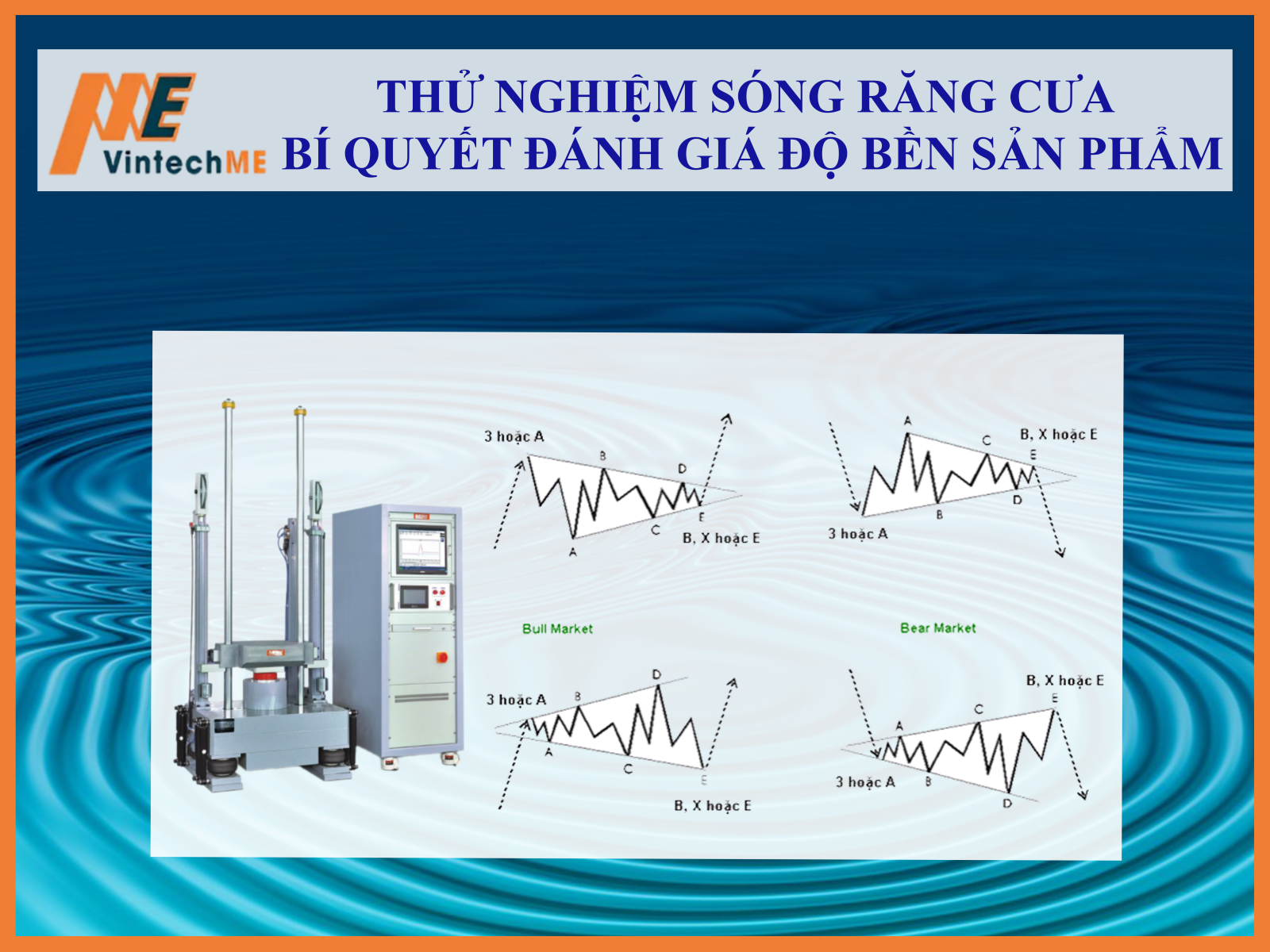
In the field of mechanical testing, ensuring that a product can withstand the harsh conditions it may face throughout its lifecycle is essential. One of the most critical tests for this purpose is shock testing, which simulates physical impacts a product might encounter during transportation, handling, or use. This article explores the post-peak sawtooth wave shock test, a method used to evaluate how products perform under inelastic conditions.
Table of Contents
In the field of mechanical testing, ensuring that a product can withstand the harsh conditions it may face throughout its lifecycle is essential. One of the most critical tests for this purpose is shock testing, which simulates physical impacts a product might encounter during transportation, handling, or use. This article explores the post-peak sawtooth wave shock test, a method used to evaluate how products perform under inelastic conditions.
Shock testing simulates various mechanical impacts such as transportation shocks, external collisions, or even explosion-induced shocks to determine a product’s durability and ability to continue functioning after impact. This type of testing is particularly vital in industries such as automotive, aerospace, and electronics, where products may face extreme conditions.
The post-peak sawtooth wave is a waveform method used in mechanical shock testing to assess a product’s durability. Shock testing employs various waveforms to simulate different impact scenarios, with the sawtooth wave being one of the most severe.
Unlike other waveforms, such as the half-sine wave, which simulates elastic collisions, the sawtooth wave has no recovery phase after deformation.
The post-peak sawtooth waveform is characterized by a sudden drop in acceleration after reaching its peak. This drop simulates an inelastic collision where energy is not recovered, mimicking real-world situations in which a product absorbs an impact without rebounding. This unique behavior enables engineers to observe how the product reacts to severe impacts, particularly when the material or structure suddenly loses its ability to resist deformation.
Sawtooth shock testing is typically conducted using a vertical shock machine. The product is mounted onto the machine's shock table, which is raised to a specific height and dropped onto a lead cone. Upon impact, the lead cone deforms, producing a shockwave that travels through the product and the table. This shockwave generates a post-peak sawtooth waveform with the following features:
Several parameters affect the shape of the sawtooth waveform:
By adjusting these parameters, engineers can simulate various shock scenarios, providing valuable data on a product’s durability.
Sawtooth wave shock testing is widely applied in industries such as defense, aerospace, and consumer electronics. Products like batteries, control units, and sensors are often subjected to these tests to meet stringent durability standards.
For instance, in the defense sector, sawtooth testing can simulate the forces experienced by components in missiles or armored vehicles during high-speed maneuvers or collisions. In the electronics industry, this test helps simulate the shock a product might face if dropped during transportation, enabling manufacturers to optimize designs for improved shock resistance.
One of the key advantages of the post-peak sawtooth wave shock test is its flexibility. By adjusting parameters such as drop height and lead cone size, engineers can create shock profiles tailored to specific products.
This customization allows for various testing scenarios, ensuring that products are tested under conditions reflecting their real-world use cases.
Shock testing, particularly the post-peak sawtooth wave method, provides critical data for manufacturers aiming to optimize product designs. Products in industries such as electronics and aerospace must endure high-impact forces without failure. Without these tests, manufacturers risk releasing products that fail during transportation, handling, or use, which could lead to severe consequences.
VintechME is proud to offer advanced shock testing systems capable of conducting post-peak sawtooth wave tests and other critical evaluations to ensure your products meet the highest durability and reliability standards. Our vertical shock machines are designed to simulate a wide range of shock scenarios, providing you with the data needed to improve your product design and performance.
Our team works closely with clients to ensure that every test is tailored to their specific needs, helping you enhance product reliability and achieve compliance with industry standards.
Contact VintechME today to learn more about our testing solutions and how we can help you ensure the durability and performance of your products.
>>> CÓ THỂ BẠN QUAN TÂM >>>
Tủ thử nghiệm lão hóa do thời tiết
Tủ thử nghiệm nhiệt độ, áp suất theo độ cao
Tủ thử nghiệm chống xâm nhập IPx
Thiết bị thử nghiệm rơi và va đập
